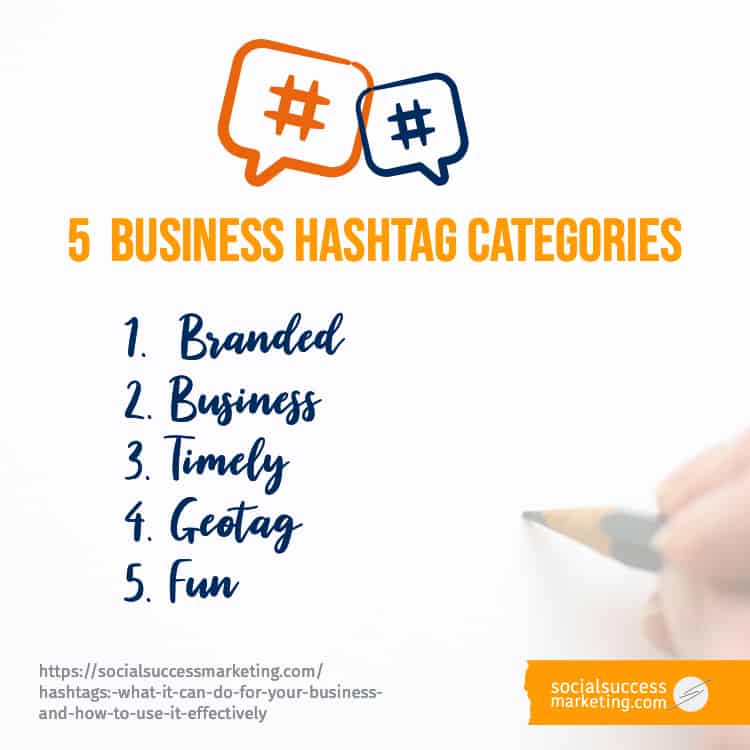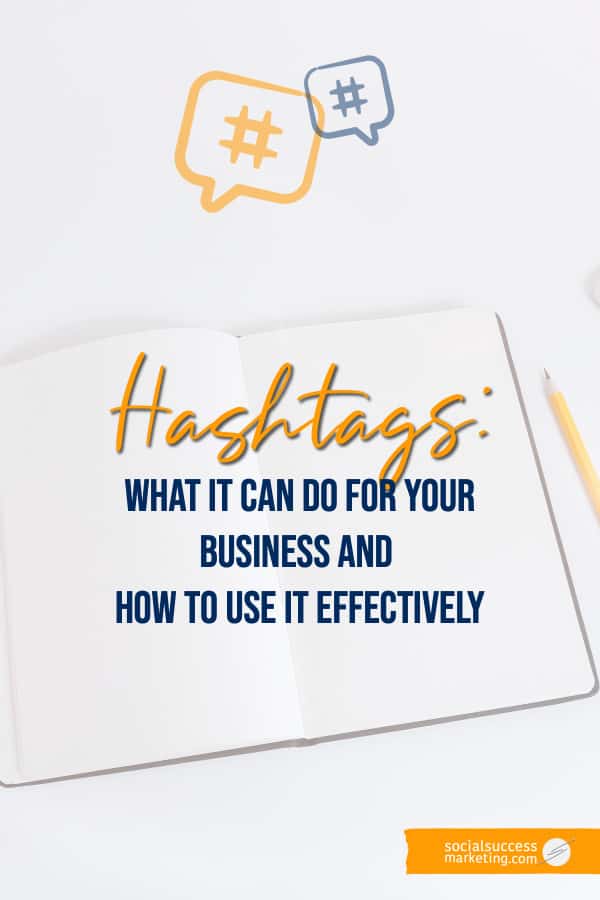
Nowadays, there are many on social media that are “ending it with a hashtag.”
You are probably not new to the word hashtag and have used it a few (or many) times in your posts #justlikethis.
But do you ponder on how effective – or powerful hashtags are? Does adding hashtags really add value to your post?
What hashtags can do for you
Whether you’re a technology startup company trying to reach a bigger market or an agent who persuades property buyers on social media, your use of hashtags matter.
It brings your business closer to the spotlight, to being noticed, to being liked, to being followed, to being retweeted, to being shared, to being subscribed to, and to get leads.
There are other factors to consider. But if you aim to make your content get seen by more, hashtags alone can do wonders.
According to this study, using hashtags in Twitter can result to 50% increase in brand engagement and the highest interactions on Instagram involve posts with 11+ hashtags.
Another study reveals that Instagram posts that have hashtags received over 70% more likes than those without hashtags.
No matter where you post your hashtags, be intentional and know your purpose.
Instagram and other social media platforms use hashtags to sort, organize and categorize the content.
Users who are searching for particular content can type a hashtag in the search bar and the social media platform will display content that carries the corresponding hashtag.
If your hashtag and post receive high engagement from your audience, chances are, the social media platform will show it on top of the feed. And voila! More users will land on your account if they click your post.
The Hashtag Myths (or Truths?)
Sadly, however, not all hashtags will give you this advantage, especially when they are not properly and strategically done.
One good example is the hashtag you saw in the second paragraph of this article.
Did you notice it? #justlikethis sounds just about right, but how much impact does it really make?
Some argue that more specific hashtags have better chances of showing up in the algorithm and thus make your posts visible. On the other hand, it also makes sense to use general hashtags as they are often the most popular.
It all boils down to knowing your page’s “age.”
If you are just starting to establish your brand’s presence on social media with less than 300 followers, using less popular hashtags (we’re talking about 500k posts or less, relatively) would be a better choice.
If you are a bookseller, using niche hashtags like #fictionbooklover or #bookloverunite can make you more visible to your target audience as compared to using #books which have over 39 million posts on Instagram.
As you grow your reach, you can add more popular hashtags to your posts while still keeping them within your niche.
Does the number of hashtags truly matter?
Well, the principle the more the merrier may not fully apply. A post with 30 spam-looking hashtags may not do any better than a post with three specific and relevant hashtags.
Also, note that Instagram voids hashtags beyond the maximum number of 30.
As cliche as it is, quality over quantity rules.
5 Tips on how to use hashtags for success
There are things you can do to make sure you are putting quality hashtags in your post.
1. Identify the best performing hashtags in your niche
Your hashtags should always be relevant to your content. Before posting anything on social media, identify your niche. A niche is that one category or field that you would like your business to be known in or you want to dominate. Is it database management, online marketing, website design?
After deciding on your niche, search for the best-performing hashtags under it.
Check the number of likes or engagement that each hashtag receive to help you decide which ones to use.
If you already have existing hashtags, you can compare the number of likes/engagement that your posts get with them with the number of likes posts with trending hashtags get.
Does yours come close to the figure? If not, you might need to let go of these hashtags and replace them with new ones.
(Which brings us to the second point.)
2. Always discover new hashtags
Consistency and coherence are important when putting your content on social media. For hashtags, however, freshness matters more when it comes to being in front of a new audience.
Using the same hashtags in your post doesn’t just put you under the suspicious spam radar of Twitter (or Instagram’s) algorithm, but it can give your followers the impression that you’re just posting the “same old thing.” Hence, using new hashtags is important.
You can search for new hashtags in two ways:
- Use an online tool to search for related hashtags. You just input a specific hashtag in the search box and it will generate related keywords that you can use alternatively with your active hashtags. Some tools you can explore: Raven tools, SE ranking, and Serpstat.
- Do keyword clustering. Basically, this means grouping your keywords into categories. From a general keyword like “social media,” you can go further by clustering them into five (or more) categories: advertisement, poll, survey, calendar, weekly post, video content. You can start creating hashtags from these categories and build your content around them.
Five business hashtag categories that I recommend:
The benefit of clustering your hashtags into categories is that you don’t have to recreate your list, thus saving you time. Who doesn’t want that???!!? Just copy and paste it.
You can add more categories if you like. But I like to stick to a few that I often use.
3. Diversify your hashtags
Don’t let specific hashtags prevent you from being diverse.
Not everyone will have an interest in #technology, but there might be a lot who are typing #gadget, #mobileapp, #virtualgaming in the search box.
You can reach a wider audience with a variety of hashtags connected to your niche.
But if thinking outside the box isn’t your skill, no worries. You can get ideas from other sources, which the next point will tackle.
4. Know what your customers and competitors are saying
Are you missing out on something relevant? The best way to know is to keep track of how your competitors are performing.
This does not mean though that you devote all your time spying on them. As simple as knowing what their top posts are for the month and the hashtags they’ve used can keep you on track for fresh ideas.
Tools like Fanpage Karma can do all the analyzing for you by ranking your competitor’s hashtags based on the popularity of posts and the number of user engagements.
In the same way, find out what your customers are buzzing about.
Start by collating information from customers, including the key phrases and most commonly used words in their queries or comments and put them on a spreadsheet.
Every time you build content, consider this information and from their curate a personalized or a generic hashtag.
Either way, you’re sure to target the specific needs of your customers. For example, if most inquiry is about “blogging tips,” you can use #blog #tips #blogger #FAQ #seoblogging as hashtags for your post (supposing that your content talks about optimizing blog keywords.)
5. Schedule your posts and plan your hashtags ahead
Most quality hashtags, to be effective, need to be put on a calendar for use. There are seasonal hashtags that you may need to use along with your seasonal posts. For instance, “holidaygiveaway,” or “freewebinar.”
Have a list of popular hashtags that worked for you in the past, or record the seasonal trending hashtags of the current year. You can also use this tool to generate hashtags based on words or terms you use while showing the total number of posts where the hashtags are used.
Scheduling is not just the best way to save time, but it also allows you to be more strategic in your approach to content (and hashtag) management.
It’s a Wrap!
Did I miss anything? How do you use hashtags? Chime in below.

